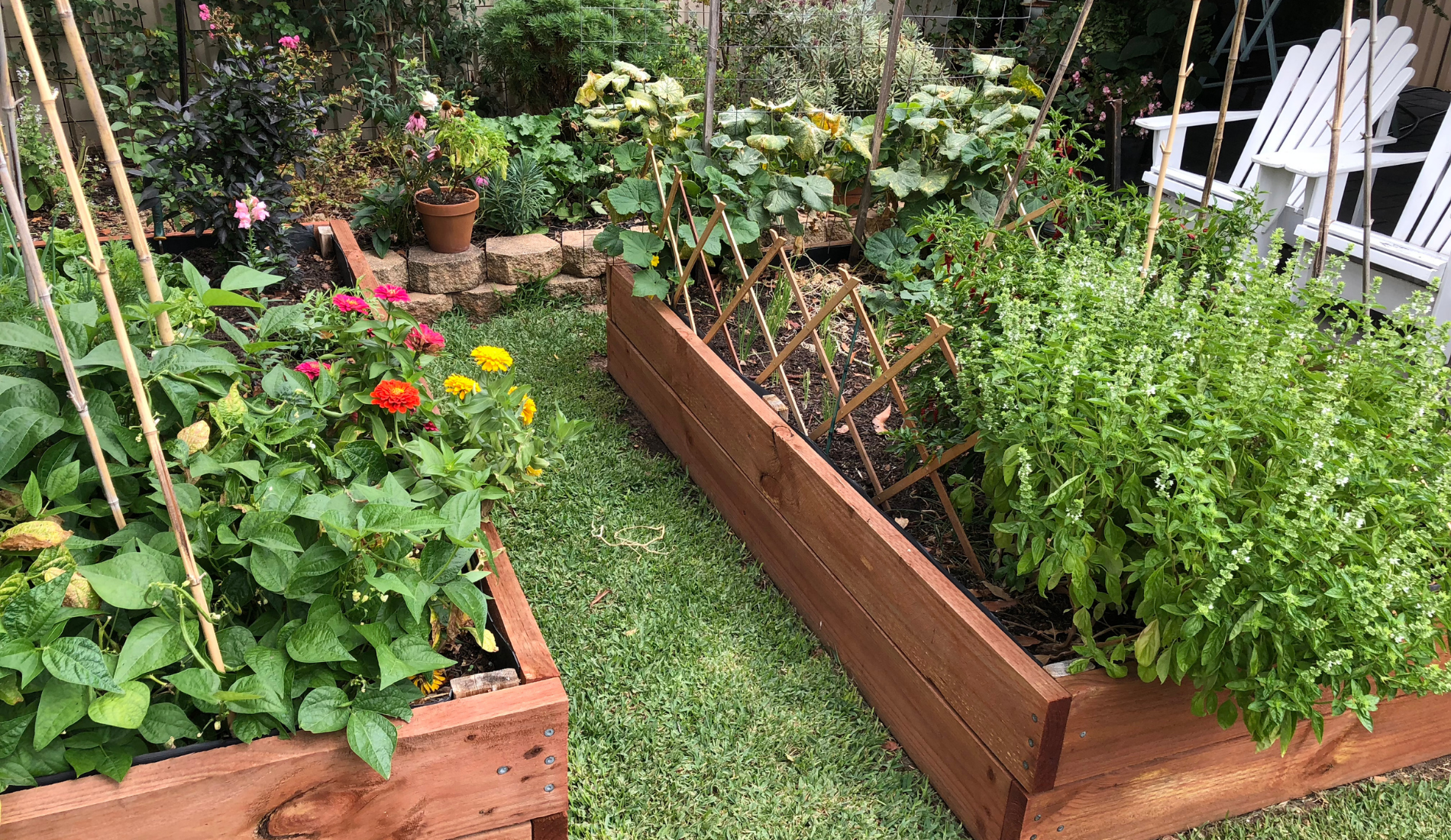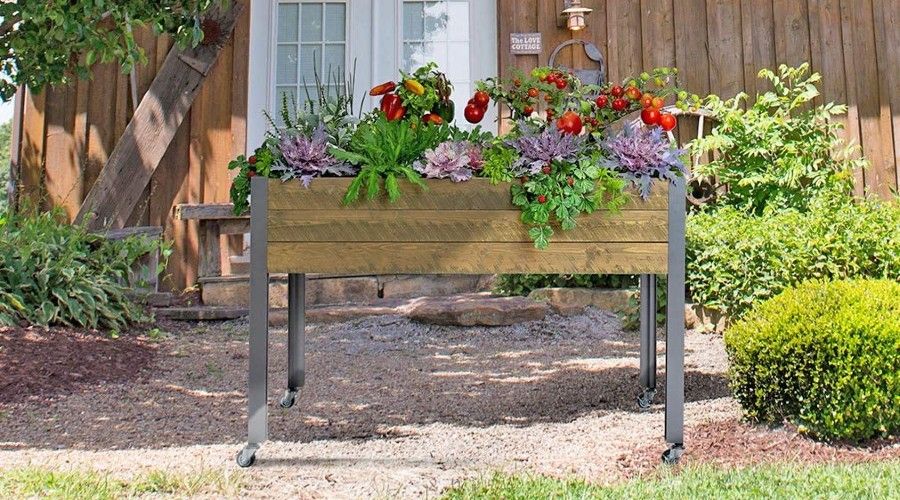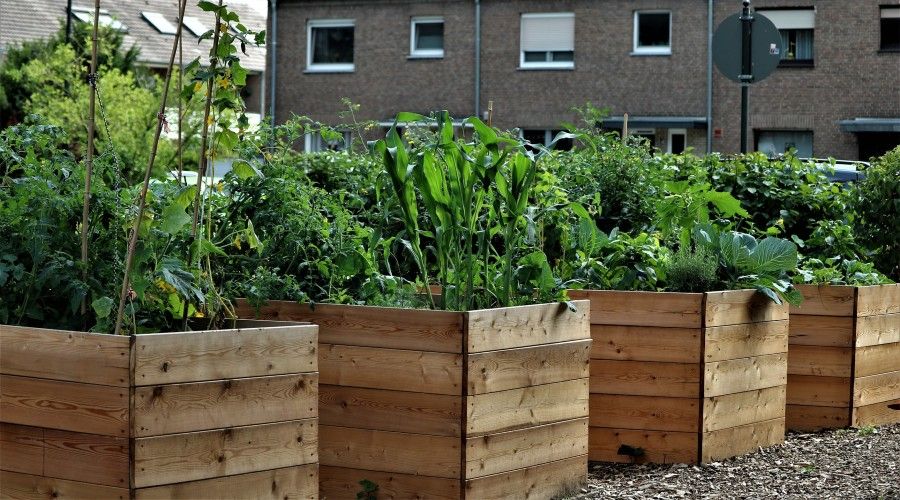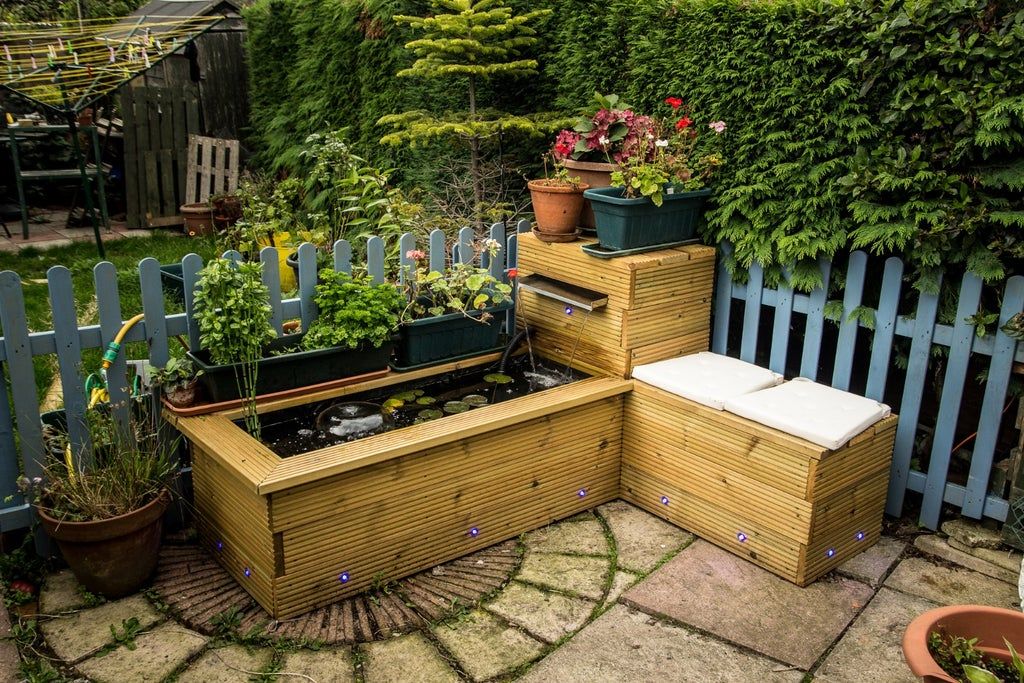Raised gardens have become an increasingly popular way to grow your food. These types of gardens are typically made from wood and raised on legs, which creates the perfect conditions for growing healthy plants.
There are several types of raised garden beds available, each with its own unique set of benefits. However, there are many raised garden mistakes that people make. Here are 5 of the most common:
Making The Raised Garden Beds Too Big
Image credits: CedarCraft on Amazon
Making the raised garden beds too big can be a common gardening mistake. It's easy to do when planning and preparing for your garden. You might think that you need a lot of space for all your plants, but in reality, you don't. Having too much space in your raised garden beds can be detrimental to your plants.
When plants are rootbound, that means their roots have taken up all the space in their pot or growing area and are now tightly compacted. It can happen in raised garden beds if they're too large. The roots have nowhere else to go, so they just keep growing around in circles. It can stunt the plant's growth and make it more difficult for the plant to take up nutrients and water.
Additionally, weeds love open spaces. They'll quickly move into any area that's not being used by plants. So, if you have a lot of space in your raised garden beds, you'll start to see more weed growth. It can be difficult to manage, especially if the weeds are taking over your plants as well.
If you're planning a raised garden bed project, it's important to pay attention to the size and make sure that it's not too big. Instead of focusing on space, focus on selecting the best plants for your climate and soil type. With proper care and maintenance, your garden will thrive no matter how big or small it is!
Oversized Plants
Image Credit: Caniceus on Pixabay
Choosing oversized plants for your raised garden can be a big mistake. These plants often require more care and maintenance than smaller, more compact varieties. To avoid making this mistake in the future, it's important to do some research on plant size and growth habits.
Some good resources to consult when choosing larger plants for your garden are local nurseries or garden centers. These professionals will have a wealth of knowledge about different plant species and their ideal growing conditions, so they can help you make the best choices for your specific needs.
Ultimately, the key to successfully growing oversized plants in your raised garden is to provide them with plenty of sunshine, adequate water, and well-drained soil. With a little bit of extra care, you can enjoy these larger plants in your garden for many years to come.
Soil Quality
Image credits: beronb via Canva
Another common mistake is not paying attention to your soil quality. It's important to understand what type of soil your plants will be growing in, so you can care for them accordingly. If your soil isn't properly prepared with nutrients, then it will be much more difficult for your plants to grow. You should also avoid over-watering, as this can lead to root rot if the soil is already lacking in nutrients.
Not Protecting Your Plants
Image credits: Justin Smith via Canva
One mistake that people make when gardening in raised beds is not taking proper steps to protect their plants from pests and disease. Just because your plants are raised off the ground doesn't mean that they're completely safe from harm. Be sure to take precautions such as using row covers or netting to keep pests away and keeping an eye out for early signs of disease.
Picking The Wrong Spot
Image credits: SebElliott via Instructables
It happens to the best of us. You get all excited about starting a raised garden, do your research, and pick what you think is the perfect spot. But then, for whatever reason, it just doesn't work out. The sun isn't quite right, the soil is lousy, or the drainage is bad. But there are plenty of other spots in your yard where you can try again.
First, it's important to consider things like sun exposure. You want to make sure that your garden gets at least 6 hours of sunlight per day, especially if you're growing vegetables.
Additionally, you need to think about drainage. Is there somewhere close by where excess water can run off? Raised beds should have good drainage to prevent standing water and root rot.
Ultimately, you want to choose a location that gives your garden the best chance of success. With these tips in mind, you're sure to find a great spot that will help you grow beautiful plants and delicious veggies!
In Summary
A raised garden bed can be a great way to get started in gardening. In this article, we’ve highlighted the 5 most common mistakes people make when they build their raised beds. If you’re thinking of starting a raised bed garden, make sure you avoid these missteps!
Do you have any tips or tricks for building a successful raised bed? Let us know in the comments below!






